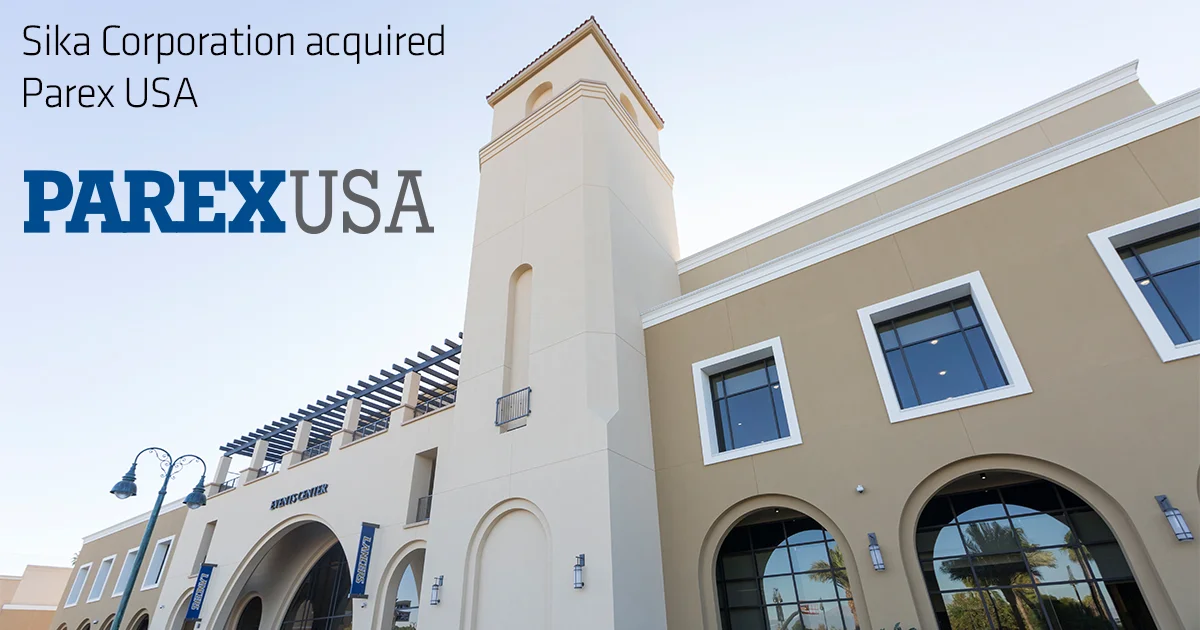Posted By PIMA
In this age of instant connectivity, virtual encounters allow communication and cooperation with unprecedented speed and ease. But there’s something about a face-to-face meeting that really helps people reach common ground. In May, 110 contractors, manufacturers, and suppliers from the insulation industry representing the majority of states met on Capitol Hill with lawmakers to discuss issues and ideas for harnessing the resources of the insulation industry to tackle some of our country’s most pressing problems. And they were serious about building those face-to-face relationships—and packed in 101 meetings on Capitol Hill, 23 of them with members of Congress.
With the constant stream of news stories highlighting the human costs and economic consequences of a changing environment, momentum is growing behind solutions that can address these environmental challenges in ways that strengthen U.S. economic productivity and competitiveness. To that end, PIMA members are working to build enthusiasm for federal action on policies that optimize the energy efficiency of new and existing buildings. Raising standards for new residential, commercial, and industrial buildings and retrofitting older ones can lead to long-term savings through better building performance.
Increasing the energy efficiency of our buildings is a practical way to help the environment, create jobs, and save money. Boosting energy efficiency alone can provide 40% of the necessary greenhouse gas emissions reductions to meet global targets and the work to implement these standards will lead to jobs in manufacturing, distribution, and installation. These improvements will save consumers billions of dollars in energy costs annually – money that can be invested back into the U.S. economy.
But these policies would do more than save energy; they’d also provide buildings and the people who use them with added protection from severe weather events. In 2017 alone, there were $317 billion in losses from US natural disasters, jump-starting discussions on creating more resilient buildings and communities. Optimizing insulation for an energy efficient building envelope improves performance post-disaster or during prolonged events like heat waves or extreme cold. And the investment would pay off – it’s estimated that designing buildings to the 2018 I-Codes would deliver a national benefit of $11 for every $1 invested.
Some legislative tools to promote these improvements include:
Strengthening oversight of new rules for disaster preparedness and response.
Supporting investments in building science research.
Recognizing buildings as infrastructure, including critical structures such as hospitals and schools.
Improving the energy efficiency and resilience of our built environment is a proactive approach to reduce greenhouse gas emissions while boosting economic growth, improving energy security, and advancing U.S. global competitiveness. PIMA members are working together to promote policies that support these goals through events like Insulation Industry National Policy Conference.
For a deeper dive into the policy topics that were highlighted during the industry fly-in, please download the policy briefs:





